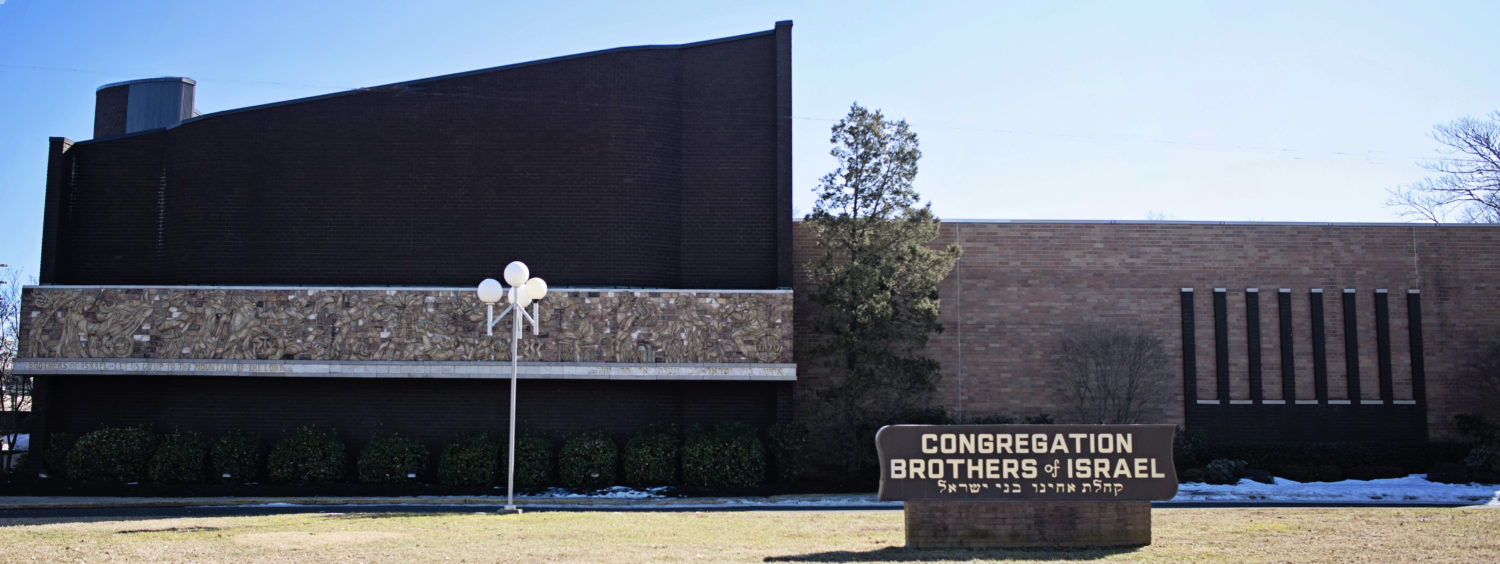Torah Upright vs Lying Down
Adapted from Rabbi Braun’s sermon in 5774
Many of the items in shul are fashioned after the temple and meant to remind us of the temple. We have a shulchan (table) upon which we read the Torah as there was a shulchan that had the show bread. We have a ner tamid just as the temple did. We have an ezrat nashim (women’s section) just as the temple did. We have an ark with a Torah in it just as the temple had an ark with the tablets in it. We read about the placing of the Tablets in the ark at the end of today’s parsha.
Regarding the ark and Torah however there is one major difference that I want to explore today. In the tabernacle and temple the tablets were placed lying down, while our Torah’s are placed standing up.
Before I try and explain the difference between tabernacle and shul we should consider the possibility that we are wrong.
Rabbi Meir ben Rabbi Yekutiel HaKohen of Rothenburg was born circa 1260. He attended the yeshiva of the Rabbi Meir (Maharam) of Rothenburg, and personally attended Maharam during his years of captivity, until the latter’s death in 1293. He wrote a commentary to Maimonides.
Commenting on the laws of Sefer Torah 10/10 he writes that ideally in shul the Torah should be placed horizontally in the ark just as it was in the mikdash. He quotes Rabbeinu Tam who lamented the fact that he did not make the aron in his shul wide enough when it was built. Had he been paying better attention he would have constructed an aron wide enough to properly place them in.
The widespread and prevalent custom however is to place the torah in the ark standing up. Why should that be? Why isn’t it the same as in the mikdash?
The Radvaz (3/530) in a teshuva (responsa) gives a number of fantastic answers, each of which are extremely relevant today. I want to share two of them with you.
- If you look at the verse in today’s parsha it teaches us that the Torah is placed in the ark as an edut, as a symbol of the importance and centrality of Torah. In fact the ark was in the holy of holies and we had almost no access to it. In shul, while there is certainly an element of edut, that is not the Torah’s primary purpose; we read our Torah’s and therefore they should be in an upright position ready for immediate use.
- The luchot in the aron could be read from both sides, that was one of the miracles of the tablets. Thus even if it was placed horizontally you could read the tablets. The torah is only written on one side of the parchment and that side should be facing you as you approach it so that you can read it.
I believe the message is as follows. In a world with a temple there is a place where we can go to find God and experience God. We have procedures and rule etc. In that world the tablets can serve as a sign, as edut!
It is much more difficult to find God in a world without the temple. In that world we find God thru the Torah. The Torah can’t remain in the ark, it has to come out and be ready for use. It must be available for us and teach us how to live as Jews.
And it might be that today that is good but not enough. In addition to teaching us how to live as Jews the Torah is there for us to read, to study, to learn.
If one really wants to find, God, connect to God and experience God without the temple it helps to be able to read the torah, to study it, to plumb its depths.
Practice and study, That is how we find God Today!

